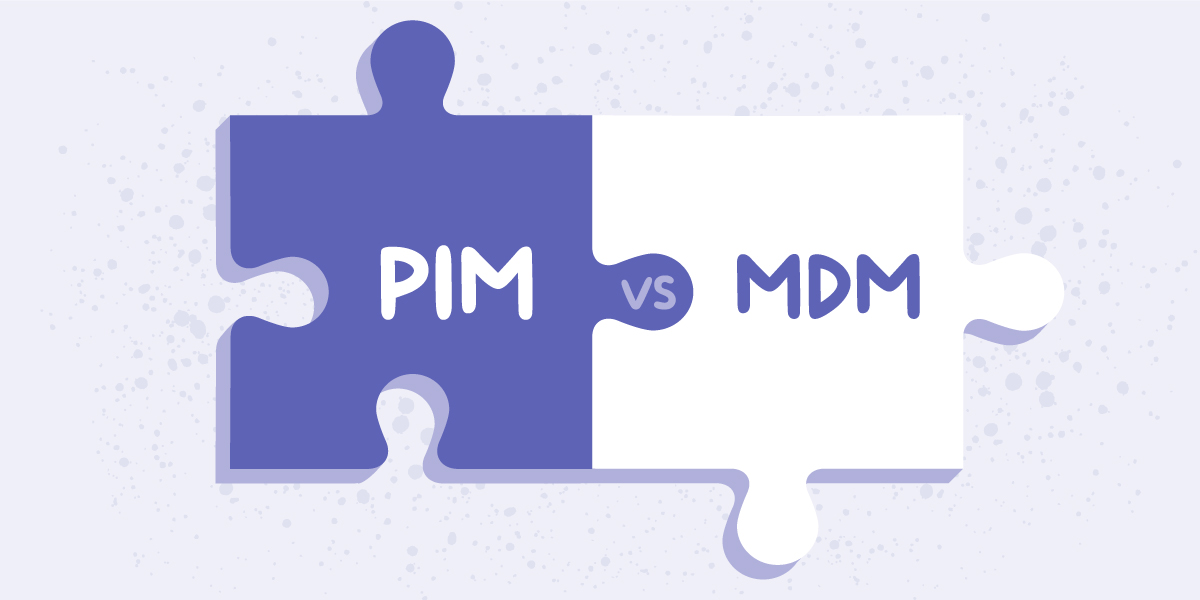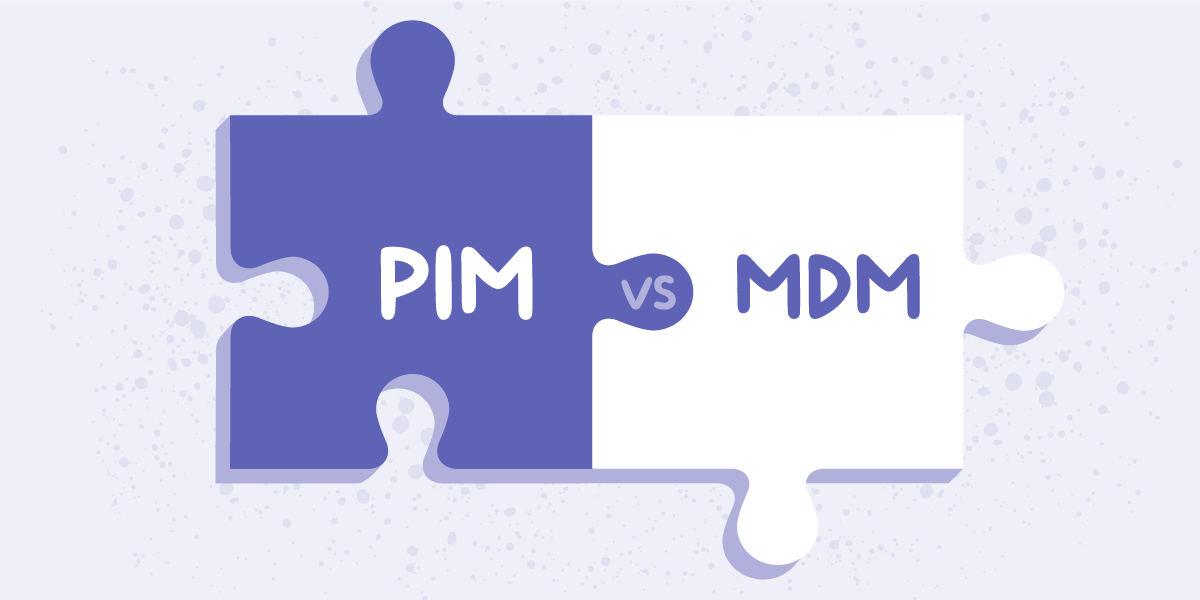Aktualisierung: Zum Blogartikel inklusive Grafik -> PIM vs. MDM vs. DAM vs. PLM im Vergleich The Short Answer: MDM provides organizations w...

Keywords
Aktualisierung: Zum Blogartikel inklusive Grafik -> PIM vs. MDM vs. DAM vs. PLM im Vergleich

MDM (Master Data Management) is an IT-led initiative focused on creating a centralized “golden record” of master and reference data across many domains: customer, product, location, supplier, financial, etc. The objective is to create accurate and consistent information accessible to everyone across the organization.
PIM (product information management) is a subset of MDM that focuses on delivering high-quality and accurate product information and is most frequently used to support merchandising and marketing.
As a business-led solution rather than an IT-led initiative, PIM typically represents a much easier and more cost-effective implementation than a more ambitious and organization-wide MDM deployment.
MDM is a set of processes and tools used to deliver harmonized data to support smooth business operations across a variety of systems and applications. MDM enables organizations to collect, match, clean, aggregate, and distribute consistent and accurate master data to operational and analytical systems.
MDM systems typically manage data across multiple data domains including employee, customer, financial, location, and vendor information. As a result, MDM projects tend to be very broad in scope and require significant resources to implement and maintain. The use cases for an MDM system can also span multiple business objectives and functional departments across an organization.
MDM helps organizations improve business operations by:
MDM helps organizations improve business operations by removing data inconsistencies that can have serious business impacts. However, it is a massive effort with inputs and impacts across the entire global organization.
PIM is a product-oriented software solution that allows organizations to centralize and enrich all of their product information to deliver accurate product descriptions and images in a globally scalable multi-channel marketing environment.
PIM provides a single source of truth for product data. It makes it easy to enrich products, manage images, and ensure they look great on any platform including websites, marketplaces, mobile, print catalogs, and retail points of sale.
PIM centralizes product information to provide a single source of truth within organizations.
PIM is the best way to enrich product data and descriptions. It removes the tedious and repetitive tasks that are required when using spreadsheets to manage product information. PIM tools typically connect easily to eCommerce systems. PIM can be useful to marketers, catalog and eCommerce managers, as well as data governance drivers and buyers. Compared to MDM projects, PIM initiatives are faster to deploy, require fewer resources, and deliver business value much sooner.
PIM solutions provide three core capabilities :
PIM helps organizations:
PIM allows organizations to easily maintain and enrich all product information so it can be utilized across sales channels.
Both MDM and PIM solutions offer a similar set of capabilities and can be used to organize critical product data to provide companies with a single source of information. This centralized source of truth provides a stronger basis for making major business decisions and keeps everyone on the same page, but the question remains – which solution is right for you?
If your primary concern is increasing sales, adding additional product SKUs, or entering new channels or markets, then you want a PIM. It’s a dedicated, business-centric marketing solution that offers a much faster deployment and ROI compared to an enterprise-wide MDM system. PIM tools also tend to have robust connectors to eCommerce, print, mobile and POS systems as these are the main consumers of accurate product data for marketing and sales.
On the other hand, if your use case includes managing other data domains such as customer, financial, or location data, or treats product data as simply another domain, and you have sufficient resources and time for deployment, MDM may be more appropriate for your needs.
Want more information about the need for and benefits from a product information management system? Ventana Research recently put out a free research paper on the subject: Building High Quality and Complete Product Information.

Entdecken Sie die modernen Trends, die Black Friday und Cyber Monday-Strategien neu gestalten, und erfahren Sie, warum die Sicherstellung von...
Mehr lesen
Customer Experience ist der zentrale Begriff rund um die Weiterentwicklung und Digitalisierung von Marketing, Sales und Customer Service in...
Mehr lesen
Entdecken Sie die wichtigsten Erkenntnisse unserer kürzlich veröffentlichten Umfrage unter B2B-Branchenführern, die die Herausforderungen und...
Mehr lesen